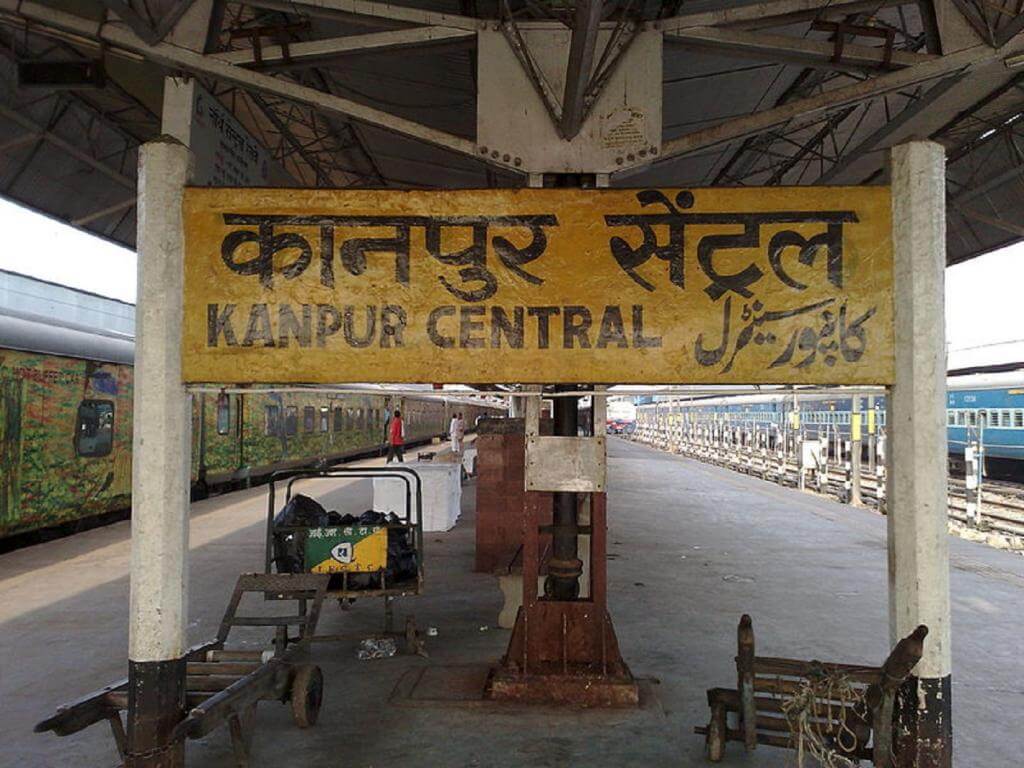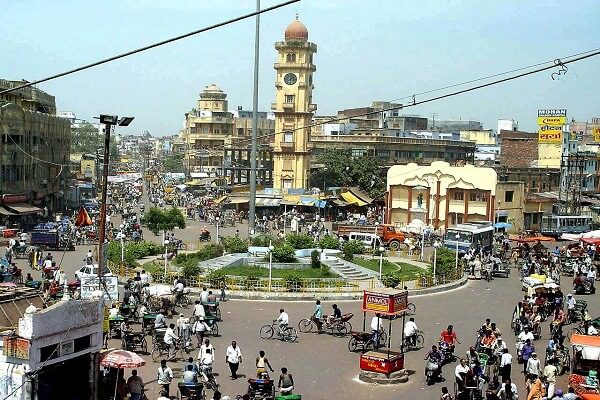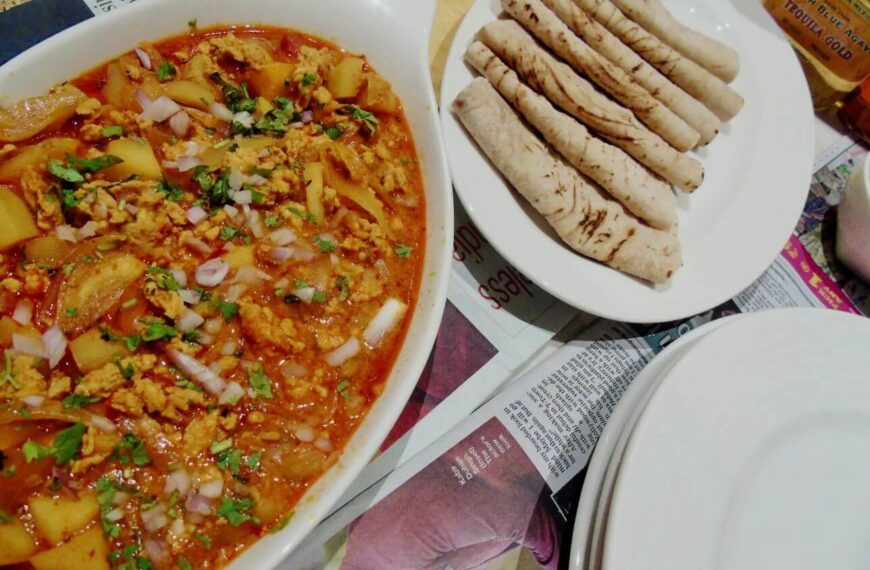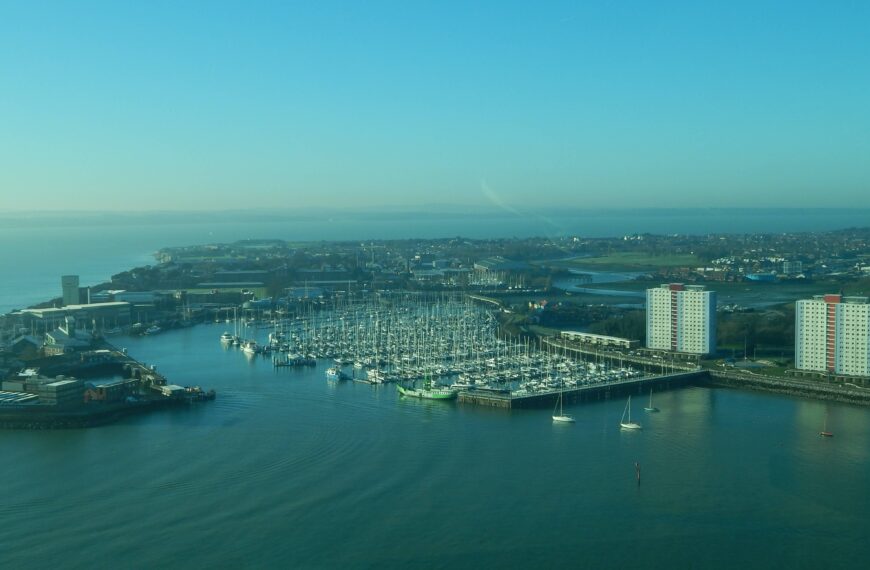Ruchira takes us on a tour of Kanpur, unveiling its antiquity. An exclusive for Different Truths.

The city happens to be a metropolis in the state of Uttar Pradesh, one of the largest cities in India. It enjoys pride of place as the biggest industrial hub in the northern part of our country. Owing to its easy accessibility and strategic location (proximity to the national capital for one) Kanpur has emerged as a flourishing centre of trade and commerce. Positioned at the apex of the country’s leather and textile industries, Kanpur enjoys the sobriquet Manchester of East India. A slight variation in the name may be ascribed to the fact of Punjab’s Ludhiana town being branded as Manchester of India owing to its concentration of hosiery industries. In terms of tourism, Kanpur is certainly no crowd puller. I must admit, therefore, that my three visits to the city were entirely due to personal reasons.
Kanpur has emerged as a flourishing centre of trade and commerce. Positioned at the apex of the country’s leather and textile industries, Kanpur enjoys the sobriquet Manchester of East India.… In terms of tourism, Kanpur is certainly no crowd puller.
The first time I went to Kanpur was in the mid-’80s in connection with a wedding in the family. The view outside Kanpur junction was a shocker. For a good half, a kilometre lay a dusty filthy stretch. Riding in a rickshaw we were compelled to hold kerchiefs over our mouths and noses to keep the dust at bay. I earnestly hope that this has been taken care of by the civic authorities, by now, so many decades later. Even otherwise it was a sprawling but nondescript town. Winding lanes and alleys were fringed by ramshackle, old (some tottering) buildings. Garbage piles were visible at frequent intervals. Stray cattle had a field day threading their way in and out of the traffic snarls. Having said that, I don’t desire to underrate the city. I guess this is a familiar sight in quintessential Indian towns and cities. Happily, I gather from newspaper ads as well as feedback from my acquaintances residing in the city that Kanpur is being given a facelift in order to be able to compete with other cities.

Kanpur is more than 800 years old. In 1207, Raja Kanh Deo, chieftain of the Kanhpuria clan, established the village of Kanhpur, which gradually grew and got transformed into the city as we see it today. In the colonial era, it was known as Cawnpore. Scholars and students of Indian history are pretty much aware of the important events that took place here during the Sepoy Mutiny of 1857. The city even figures in several short stories penned by the legendary, feminist Hindi short story writer and Munshi Premchand. While in Kanpur make it a point to visit the Allen Forest Zoo. Inaugurated way back in the 70’s it is a popular picnic spot for the locals. Moti Jheeloriginally a reservoir for the supply of drinking water to the city, was later converted into a lake park. It is one of the prettiest spots in the city. Shri Radhakrishna Temple (aka J&K temple, sponsored by the J&K group of industries) is an artistically designed structure that depicts a blend of ancient and modern architecture. It houses the images of major deities of the Hindu pantheon.
Kanpur is more than 800 years old. In 1207, Raja Kanh Deo, chieftain of the Kanhpuria clan, established the village of Kanhpur, which gradually grew and got transformed into the city as we see it today. In the colonial era, it was known as Cawnpore. Scholars and students of Indian history are pretty much aware of the important events that took place here during the Sepoy Mutiny of 1857. The city even figures in several short stories penned by the legendary, feminist Hindi short story writer and Munshi Premchand.
The last time I went to Kanpur, I was hosted by family friends, a couple, who are faculty members at the prestigious Indian Institute of Technology located a little out of town. Its verdant, sprawling campus is a vibrant city in itself! Delightful morning walks along tree lined avenues, the serene atmosphere, raucous calls of peacocks (they freely roam the glades within the campus) piercing the silence during the siesta hour, evening stroll along well-lit streets – far from the madding crowds – made my weekend trip a memorable one!
Photo from the Internet






 By
By

 By
By
 By
By